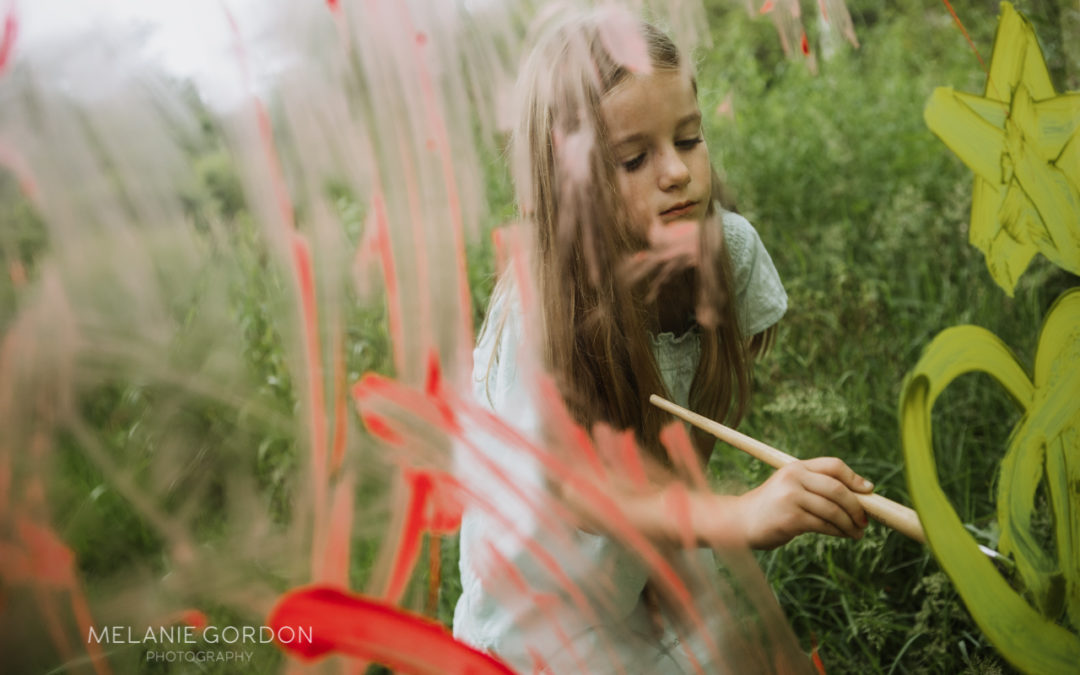Painting en plein air became popular in the 1840’s with the introduction of paint in tubes. French for outdoors, it means painting outside. French impressionist painters like Monet and Renoir enjoyed painting outdoor scenes while sitting in front of the scene itself. It was different from studio painting because the environment was always changing and unpredictable.
Fast forward a hundred years to Jackson Pollock, who redefined what it meant to put paint on canvas, where painting became an event, an action, a movement, a process.
But, what happens when you are outdoors and your canvas is clear?
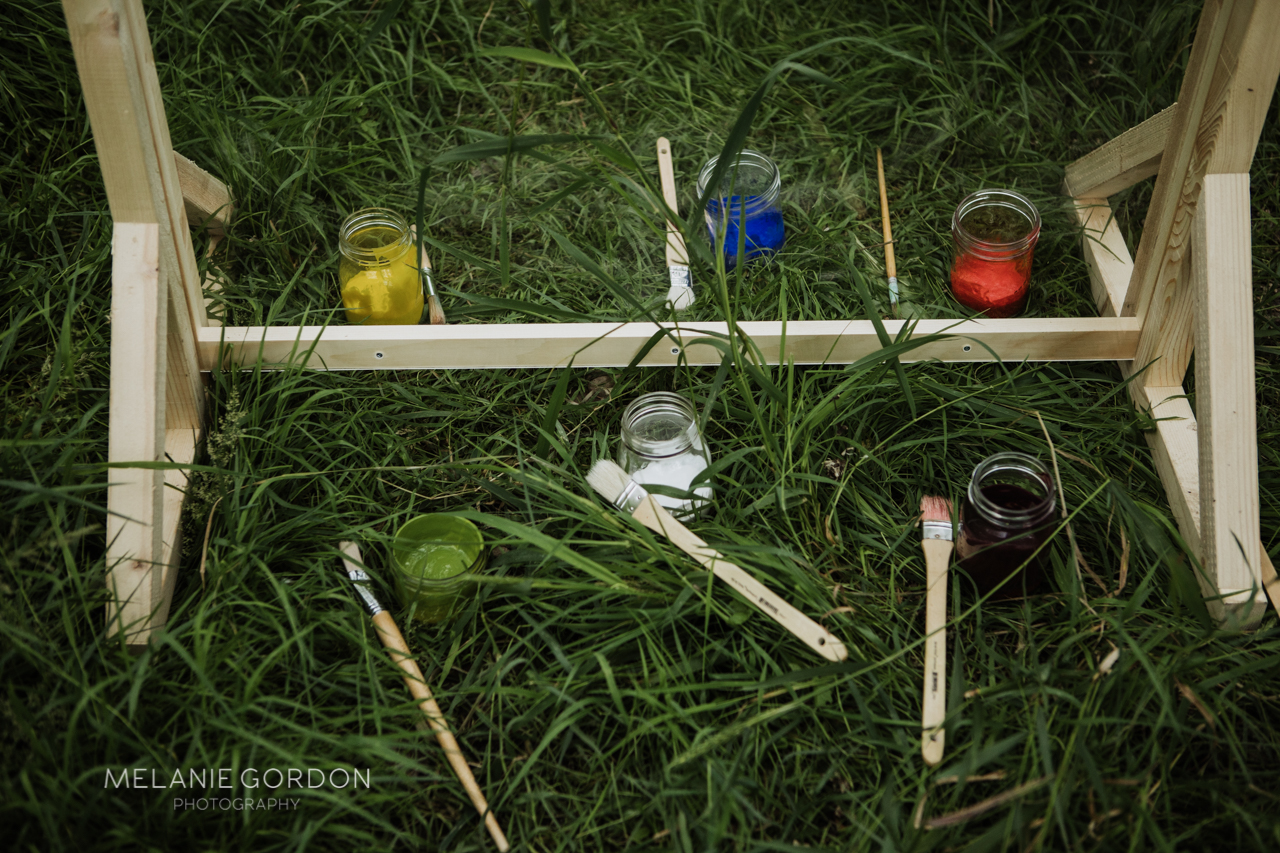
When we are in nature we become more connected (to our environment, to ourselves) and more open to possibility and this helps creativity flow.
…
When I was six my parents invited me to paint scenes on my large bedroom window that faced the street. My mom would mix in dish soap with the paint so it would come off easily and I painted scenes that usually were inspired by seasons or special occasions. Our house was definitely the only one in our suburban neighbourhood with kids’ art proudly displayed as a part of its architecture. This was one of many creative invitations I was given in my childhood by my parents. It inspired a recent addition to my Imagination Sessions – a movable clear canvas.
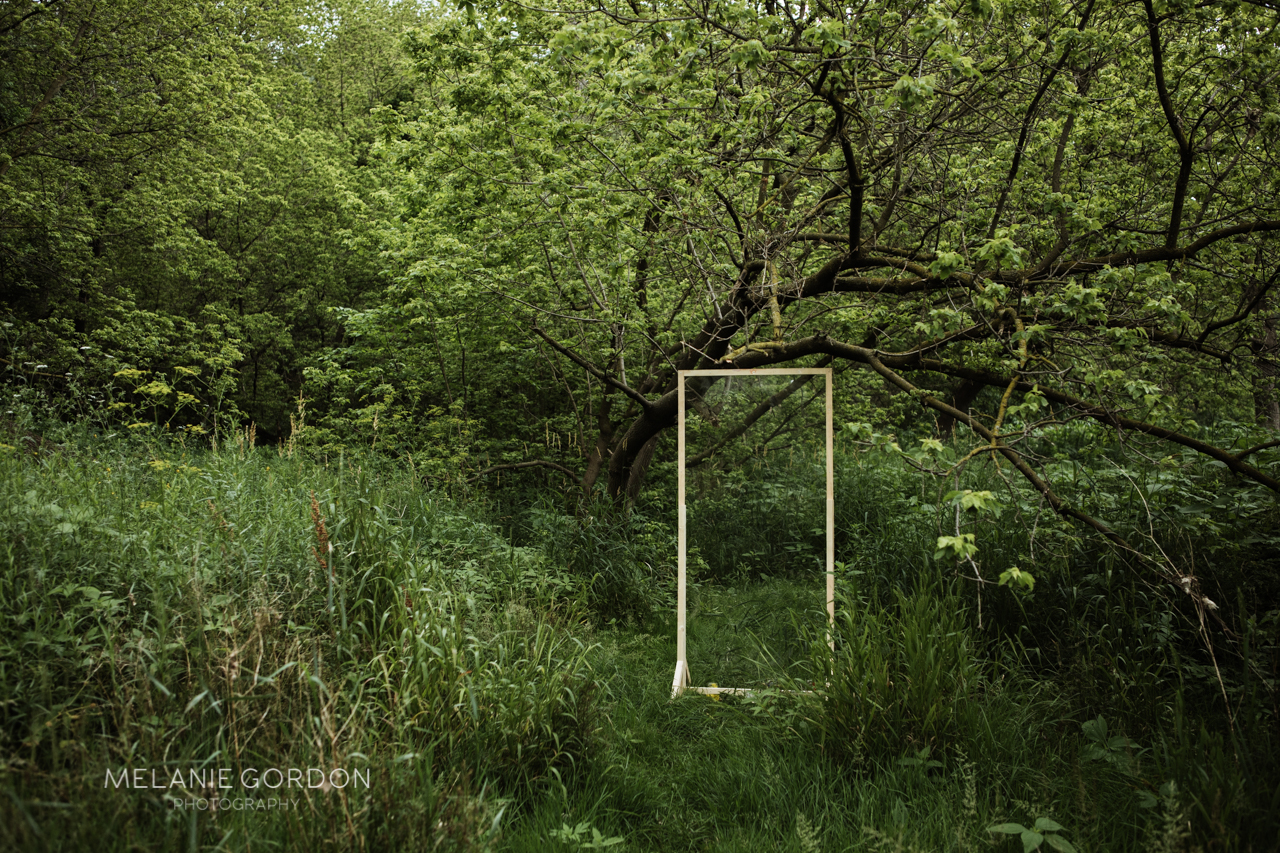
Set up in the woods, it appears to be a window to another dimension. There is a surreality to it as it stands as an invitation, unpainted.
…
When you paint on a clear canvas the environment around you becomes a part of the painting. And, through photographs, as the painter, you also become a part of the painting.
…
I tried it out in a recent Imagination Session with two sisters (age 4 and 6) and they loved it.
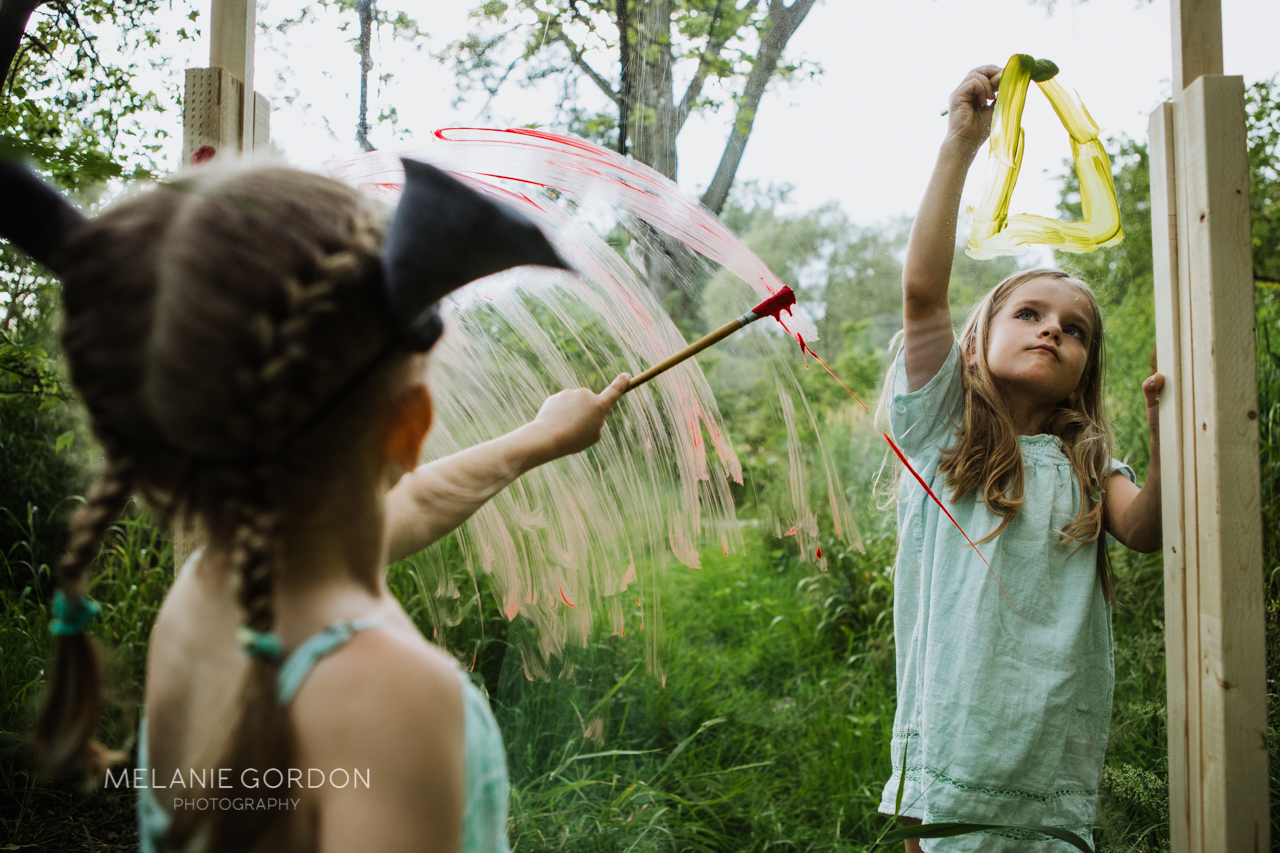
Light not only reflects off of the canvas, but it comes through it, illuminating the paint from behind, where the sun becomes a magical ingredient in the painting itself.
I love the idea of being able to see through the surface of the painting, and to be able to paint on both sides, to really deconstruct the idea of painting and what a canvas can be.
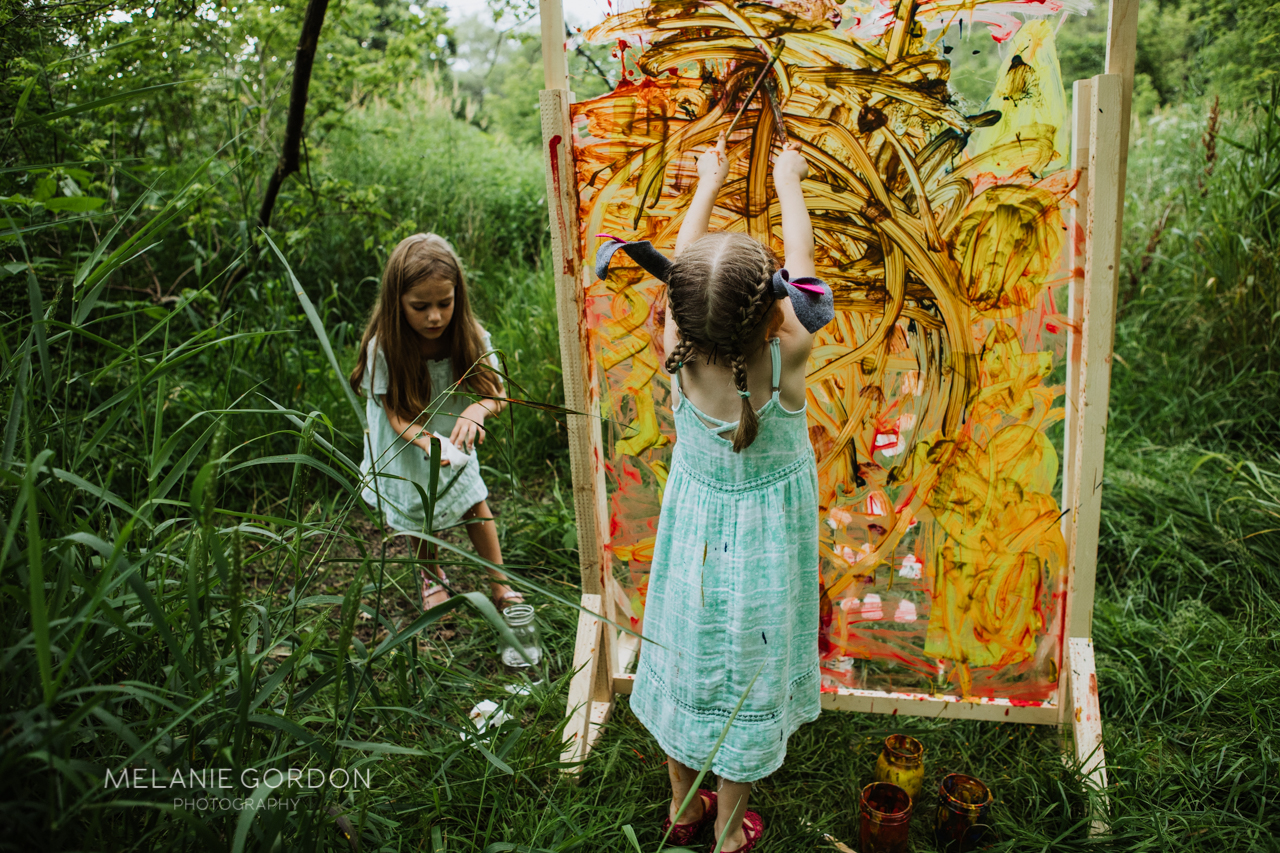
On one side, the four-year-old was employing a technique akin to Jackson Pollock (who was probably inspired by four-year-olds) and on the other side, the older sister was taking a quieter and cleaner approach. It was clear that their personalities emerged in how they painted.
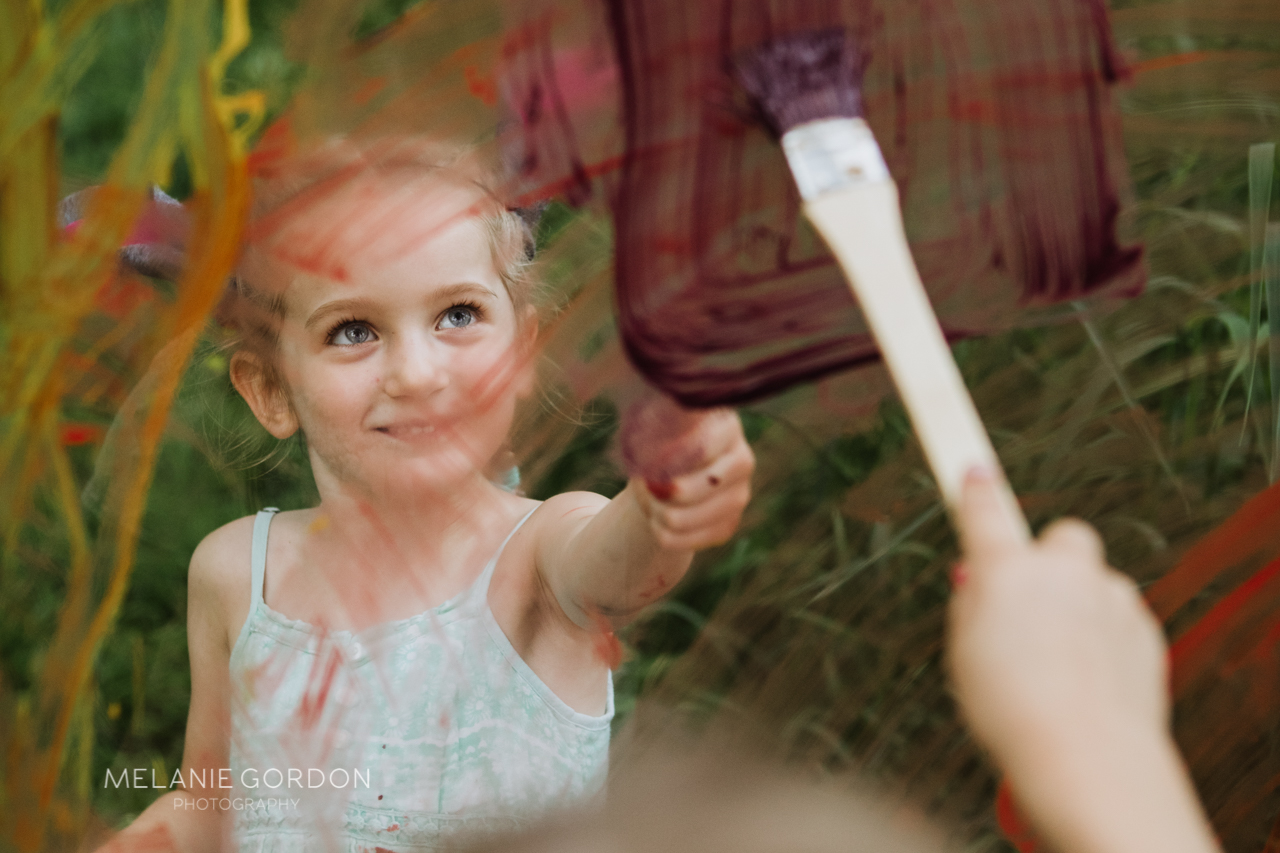
I’m fascinated with how children see the world and how they see themselves in the world. The relationship of identity to place defines our sense of belonging. I think the more we consider this relationship as we grow, the stronger our sense of belonging will be and the better we will be able to notice when something feels “off” when we are in a new situation.
This week I will be looking more for unconventional canvases – unscripted invitations for creative experiences. Maybe it’s an actual surface, or a beginning, a foundation for creation, an invitation for creativity or imagination.

